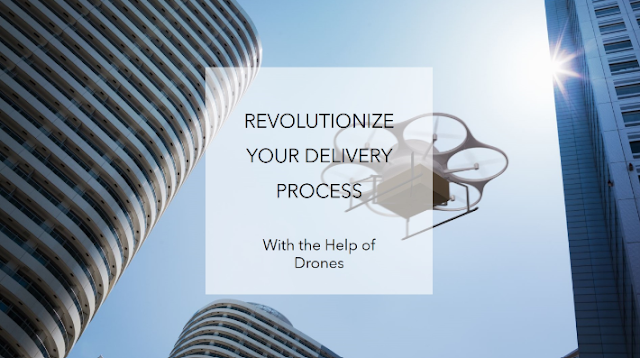Fire
Safety Guidelines and Emergency Procedures to prevent fires are the most important things for everyone to do. Everyone should know what to do if a fire occurs. Why?
Because fire is the most dangerous thing!
- Fire produces heat which can cause burns and injury. Prolonged exposure to high temperatures can cause heat exhaustion or heat stroke.
- Fires produce smoke and toxic gases such as carbon monoxide and cyanide which can cause suffocation and poisoning
- Fire can cause serious damage to property, buildings, and possessions. This can weaken the structure and cause collapse.
- Fires, especially forest fires, can significantly impact the environment. They can destroy habitats, cause air pollution, and contribute to climate change.
- Certain materials may explode if exposed to fire, causing injury and increasing the spread of fire
- Psychological impacts will occur on people who witness and those affected by the fire. The victims will feel anxious, stressed, and traumatized.
Knowledge about fire we should know:
- Fire Science and Theory
- Tactics to extinguish fire
- Ways to use equipment: PPE, SCBA, hose, foam, water, and more
- Ways to handle injuries and trauma
Some ways to deal with fires are:
- Having smoke detectors, alarms, and fire extinguishers
- Knowing the evacuation routes
- Using Fire Protection to protect the building
Fire In Office
Fire in the office can have a negative impact on a company. In addition to the potential for death and property loss, employees will lose their jobs, lose essential services, and more.
Important actions to protect the office from fire:
- Ensure that cables, electricity, machines, and equipment are not damaged
- Keep all items that can burn away from electricity
- Don't leave any hot devices unattended
- Place Safety Procedures in every room in the building
- Ensure the alarm works properly
- Ensure Fire Extinguishers can be used
- Provide training to employees to save themselves, extinguish fires, and carry out the Evacuation Process
Things to do if a fire occurs at the office:
- When a fire occurs, usually an alarm will sound. If the alarm does not sound, activate the alarm to provide information to everyone in the building that a fire is occurring.
- Self-save from danger by carrying out the Evacuation Process: Immediately leave the office via the nearest exit. Use the stairs, don't use the elevator!
- At the outside the building, count the number of employees and ensure that everyone is outside
- Contact Emergency Services and Fire Team
- Do not re-enter the building until the Fire Team has finished extinguishing the fire and given permission for everyone to re-enter the building
Therefore, all employees and management in the company must have knowledge of the Safety Procedures which contain:
- Actions that must be taken to self-save when a fire occurs
- Evacuation Process, Evacuation Routes, Assembly Points, and others
***
I am Astrid Amalia, the Founder of GWB (GlobalWide Business) at https://globalwidebusiness.blogspot.com.
I write about #Fire, #Safety, #Survival, #Training, #Course, #Oil, #Gas, #Emergency, #Offshore, #Onshore, #Rescue, #Security, #Digital, #Online, #Education, #Leadership, #Collaboration, #Innovation, #Excellence, #Technology, #Health, #Yoga, #Social, #Life, #Mental, #Business, #DJI, #Drone, #AI, #Robot, and more.
Find out more about me in Linktree: astrid.amalia
Note: Image by Microsoft Designer.

























